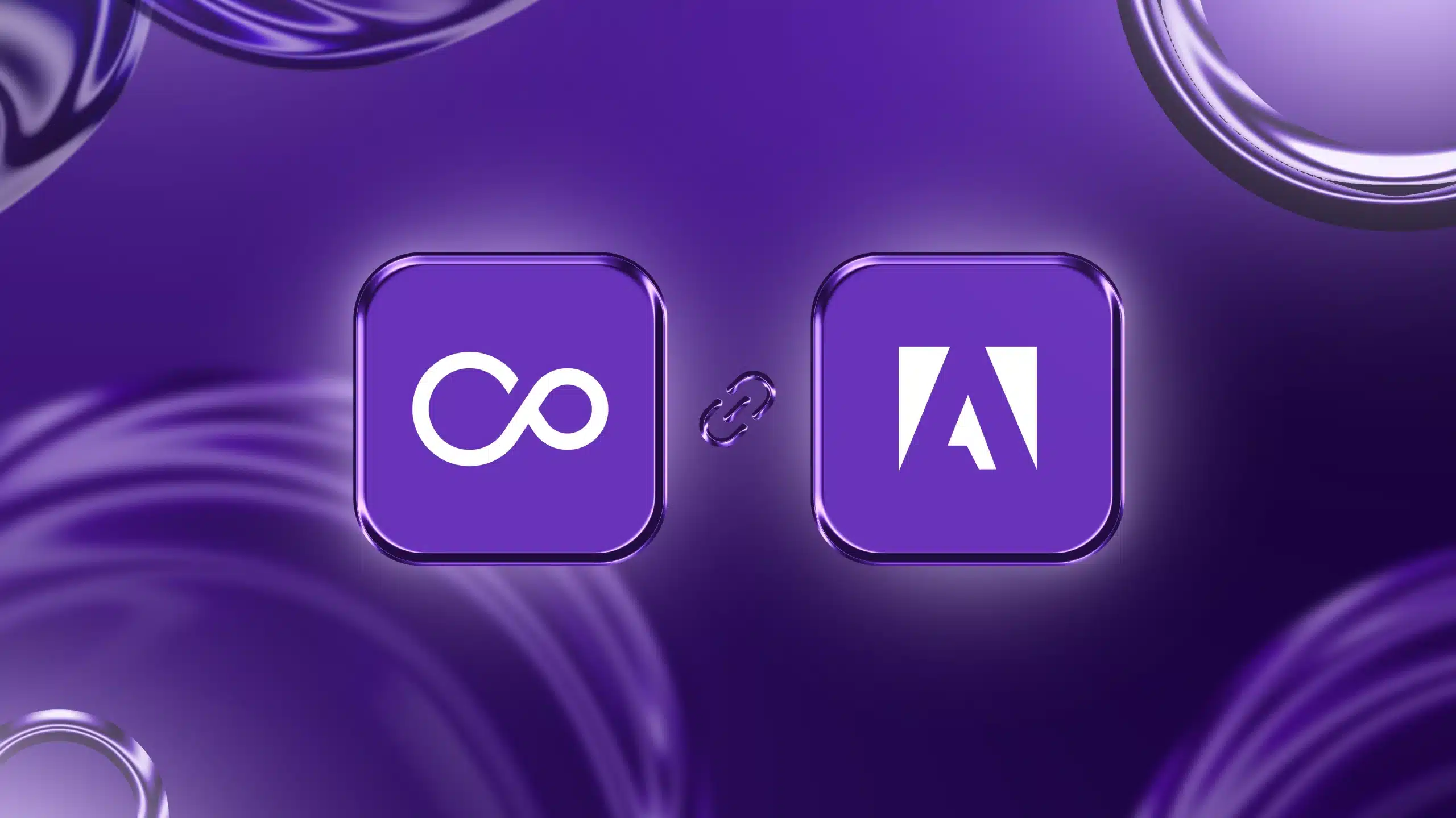Magento 2.3 is finally here and it has come packed with significant enhancements and amazing features. Some of the features are so great that you might want your upgrade your online store to Magento 2.3 right now!
So, what are those features in Magento 2.3?
Magento 2.3 is packed with incredible features such as PWA that enables businesses to deliver a superior mobile experience, Multi-Source Inventory for managing inventory from various sources, Page Builder with drag and drop interface functionality for easier content management, and Elasticsearch with advanced search options which was available only in Magento Commerce is now available in Magento Open Source.
1. PWA
Progressive Web Apps (PWA) have been the hottest talk in the design and app communities for past few years, and in 2017 Magento officially announced that it would collaborate with Google to bring native PWA features to Magento in 2018.
PWAs can deliver a rich experience similar to mobile apps and has features that can improve conversion rates. Customers using PWA will have a similar experience of using an actual app. It also provides seamless scrolling experience and easy transition between pages. Here’s more about Magento PWA and you can also check live Magento PWA demo here, to see the features by yourself.
1.1 What are the advantages of using PWAs?
Incredible speed – PWAs use various optimization strategies to load the website content faster thereby increasing customer experience.
Offline support – Visitors can access and use PWAs either partially or completely in offline mode or when the internet is unstable.
Cross-browser compatibility – PWAs can function quite well on almost all leading web browsers such as Chrome, Firefox, Safari and Edge.
Responsive design – Highly responsive design methods are used to deliver a consistent experience on desktops, mobile phones, and tablet devices. Also, PWA uses a mobile-first strategy, and this will help in boosting sales as a major part of sales take place via mobile phones.
Add to home screen – Customers can add PWA sites to the home screen of their mobile phones. This will enable them to launch the PWA right from the home screen by directly clicking on it. Hence the customers don’t have to go to the browser and then to the website. This can increase online traffic as well as customer experience.
Push notification – Businesses can send push notifications to their customers via PWAs. Push notifications are the message popups that appear on the mobile devices. For instance, if your business is running a limited offer, sending out a push notification for the same increases the chances of customers’ participation in the offer. This could significantly increase the conversion rate.
If you are a developer, this official Magento PWA documentation will be helpful in building Magento PWA.
1.2 Why is Magento using PWAs?
Almost 63.5% of all the e-commerce sales in 2018 took place via mobile phones, and by 2020 it is expected to reach 70.4%.
Even during Black Friday in 2018, mobile and tablet devices accounted for almost half of the online sales. Hence, it is no wonder that Magento is looking for ways to effectively tap the m-commerce market. PWAs are the next big thing in web development, so Magento has decided to incorporate PWAs in its online stores.
2. Multi-Source Inventory (MSI)
This can be expected to be the most loved feature for business owners and store admins who handle inventory from multiple sources.
With Multi-Source Inventory (MSI), effective and easy management of inventory in various locations and shipping networks is possible. Earlier, to use this feature, businesses have to install third-party extensions. MSI includes features such as inventory tracking across various sources, option to set rules to control operations as planned and so on.
3. Page Builder (only for Magento Commerce)
Page Builder feature is a great addition to Magento Content Management System (CMS). Handling a site and its content is a difficult job if one has to use HTML and CSS all the time. Hence Magento has come up with Page Builder.
Content Management System is very crucial for e-commerce websites since various content formats such as image, text and video are used to give information about the product. The way the content is presented is equally important to what the content says. Also, managing content should be hassle-free and less time-consuming.
WordPress is one of the best CMS currently, and it is used by millions of websites. Two main reasons for WordPress to be successful are its user-friendly interface and SEO optimized nature. Since WordPress is more like a destination for bloggers and usual websites, it is expected to have these features. Magento has also decided to deliver a similar yet more powerful CMS to store owners by adding Page Builder to its existing CMS.
Page Builder has a drag and drop interface and a flexible grid system which helps non-technical business owners to easily handle content on their website. Store owners can blend content with commerce and deliver an impactful experience to their customers.
New pages, categories and products can be created and launched without the need of a front-end developer.
It is currently available in the Early Adopter Program and to participate contact Magento via PageBuilderEAP@adobe.com.
4. Elasticsearch
Until now Elasticsearch was available only to Magento Commerce versions. Starting from 2.3 this feature will be available in Magento Open Source as well. Elasticsearch provides advanced search capabilities such as filtering by attributes. The fuzzy query is also an attribute of Elasticsearch that gives the right suggestions for keywords with incorrect spelling entered by users. It can also provide predictive search results that can save time and effort for customers. Also, it can deliver results quickly, and the database is scalable to a great extent since it uses distributed search.
This can help customers to zero down what they are looking by just using the filtering options.
What does Magento 2.3 mean for developers?
Magento 2.3 has surprises for developers too. GraphQL which was officially introduced by Facebook has been incorporated in Magento 2.3. Upgradation and installation processes are now easier, thanks to the declarative schema. Support for PHP 7.2 is included in Magento 2.3. Asynchronous APIs and Web APIs are also added
1. GraphQL
GraphQL is the main reason for PWAs to function even on a slow network. It was released by Facebook in 2015, and it is one of the best methods to build an API.
This query language makes the PWAs request only the exact data. Since GraphQL requests only the small amounts of exact data, it allows PWAs to run even on a weak network.
If this is difficult to understand, let me put in simple words. GraphQL is a syntax that sends requests for fetching data from the server and loading data in the client.
2. Declarative schema
Upgrade and installation process is made easier in Magento 2.3 with the declarative schema. It uses XML file to alter the schema which eliminates the need for numerous database scripts.
Another main advantage of using declarative schema is the rollback feature. The database changes made on a module can be rolled back to the previous version.
3. PHP 7.2
It looks like Magento has decided to deliver nothing but the best. Magento has decided to add support for the latest PHP 7.2 version. Since PHP has officially announced that support for PHP 5.6 is ending by 2018, this move by Magento is not a surprise. If your online store is built on any of the Magento 1.x versions, it is likely to be running on PHP 5.6. Failing to secure your Magento 1.x website will make it vulnerable to hacks.
PHP 7.2 has plenty of performance and security improvements. Magento websites using PHP 7.2 will be faster, and it can handle more requests per second. Also, 7.2 is also more secure and stable.
4. Asynchronous APIs and Bulk APIs
Asynchronous APIs
Asynchronous APIs can process numerous API requests without the need for the server to respond. In previous versions, Magento used REST API which would wait for sometime to process the response.
This message queue feature that enables asynchronous execution was available only in the Magento Commerce. It has now been extended to Magento Open Source.
Bulk Web APIs
Bulk Web APIs will enable REST APIs to take payloads with multiple entities. These APIs eliminate the conventional method of round-trip overhead.
Should you upgrade to Magento 2.3?
Considering the features such as PWA, MSI and performance upgrades, it is highly recommended to switch to Magento 2.3 . Especially with PWAs booming in the e-commerce industry, online stores that fail to leverage PWA will lose their customers to their competitors who utilize PWA.
Magento 2.3 has more than 30 Magento core security fixes, two-factor authentication, and Google reCAPTCHA.
***If you have any suggestions, let us know in the comment section.










